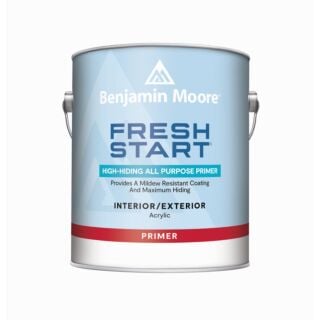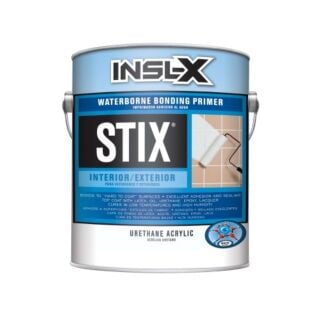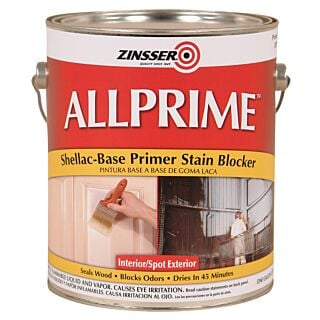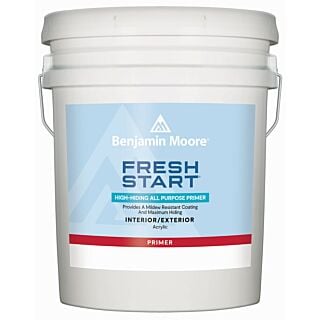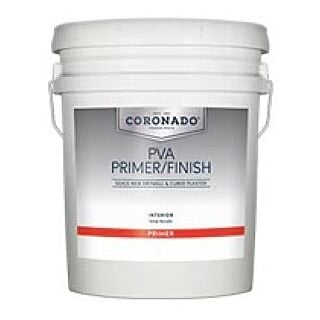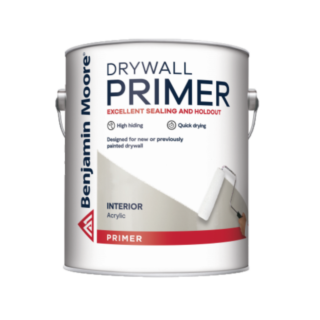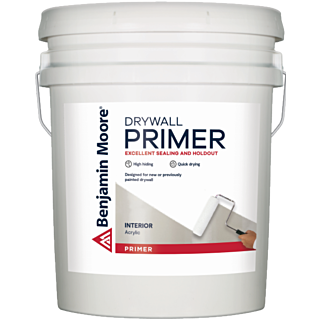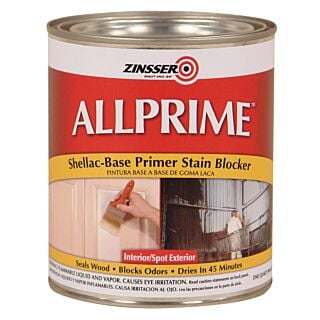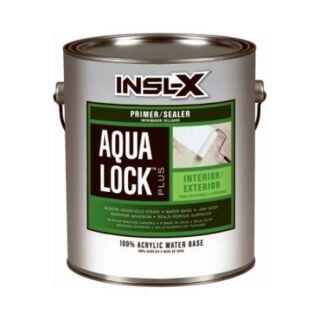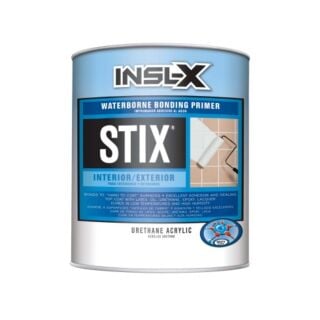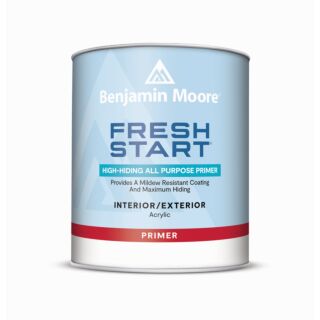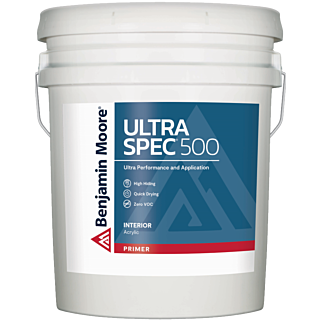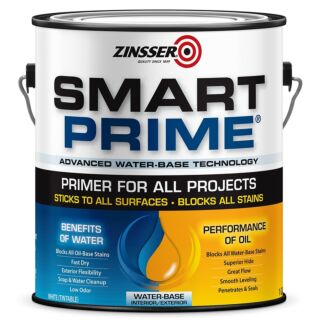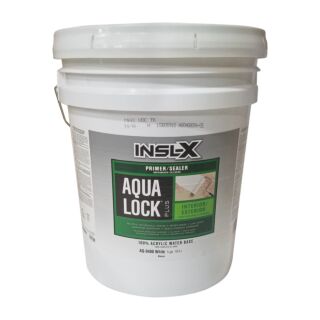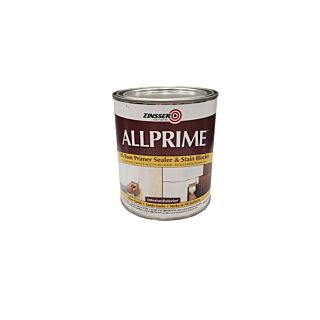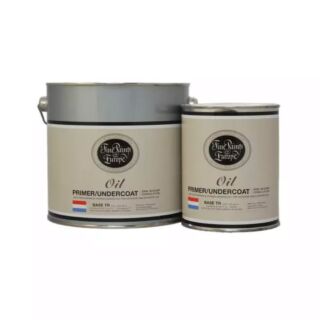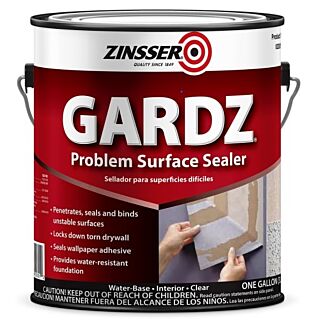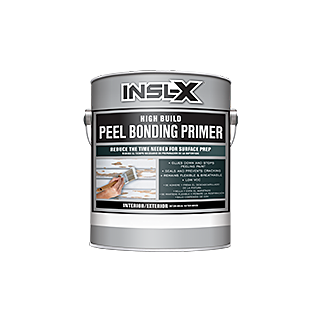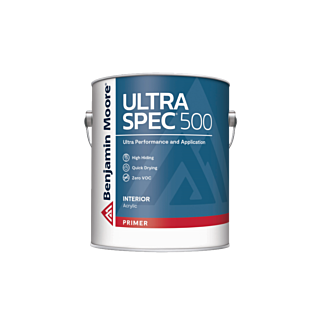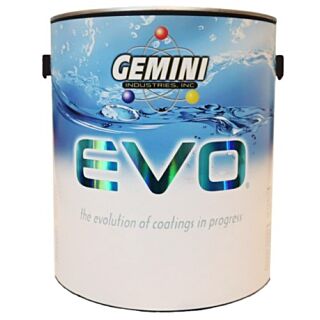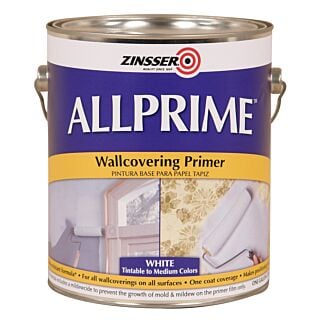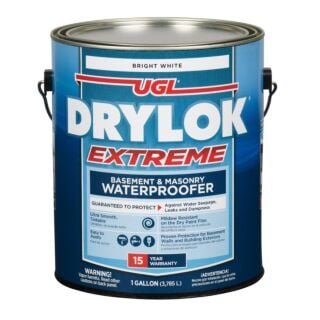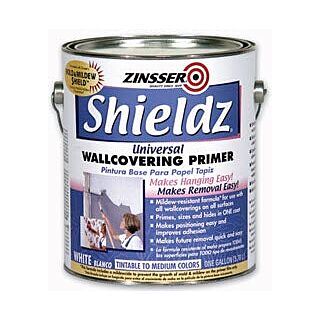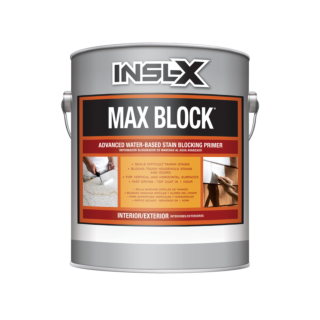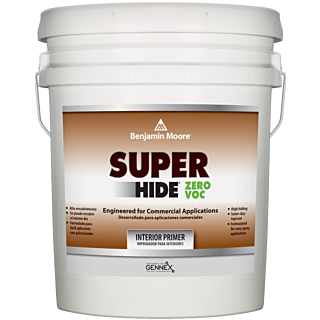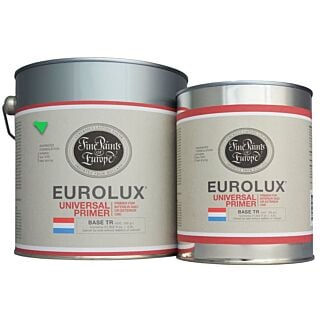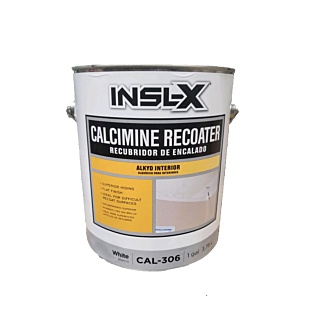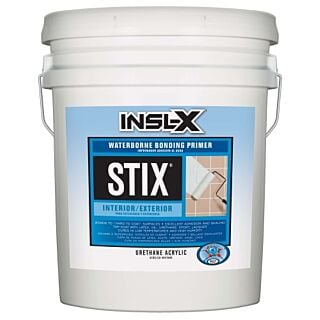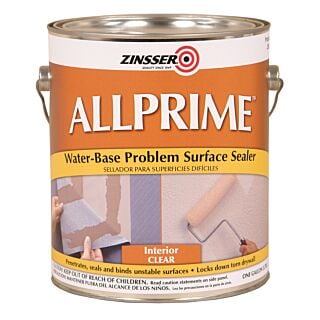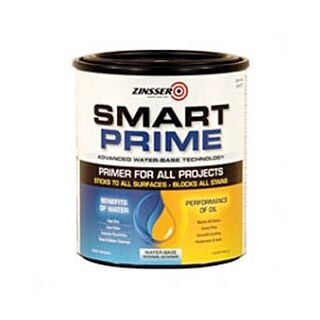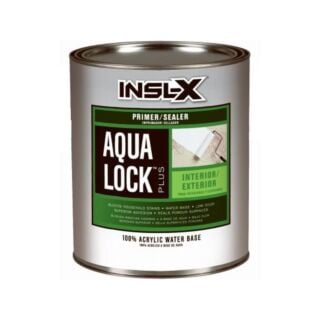Interior Primers
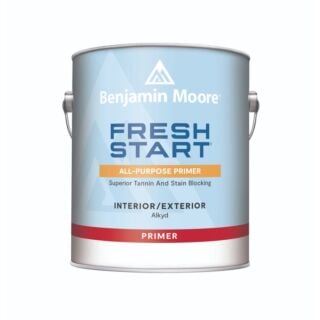
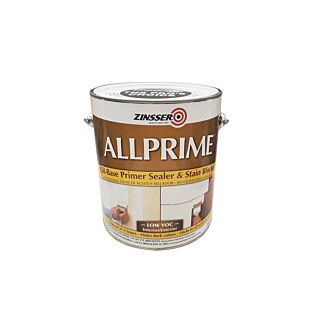 Zinsser Allprime Low VOC Oil-Based Primer Sealer & Stain Blocker Int/Ext, Gallon SKU: AP344655$61.49each
Zinsser Allprime Low VOC Oil-Based Primer Sealer & Stain Blocker Int/Ext, Gallon SKU: AP344655$61.49each
Interior Paint Primer
Any painter will tell you that paint and primer go together like peanut butter and jelly. When it comes to any paint project, primer can help you on the job. If you're looking to start painting the walls or ceiling in your home, you'll want to pick up paint and an interior paint primer. Find out why here!
Why Do I Need to Use Primer?
Primer might seem like an extra step to some people who have never painted drywall or ceilings before. If you don't use primer, however, you're far more likely to find that your paint job will lack the look that you want.
Primer acts as a glue for paint. It helps it adhere to whatever surface it's being applied to. Without it, you may find that your paint starts to chip or peel. That's not something that anyone wants to see. Paint primers make sure that doesn't happen. If you're starting a new project, you'll want to find the right primer for the job. We'll go over how to do that later on, though.
What Does it Mean to Be Self Priming?
Some paints claim to be self priming. This simply means that the paint doesn't require a primer to be applied before application. The product is a paint and a primer in one package. Whether or not they should be used, however, has been under speculation since the products were introduced.
Many professionals will tell you that the all-in-one application does reduce the number of coats you have to add to the wall, but that they don't paint and prime well. The products are often better at one thing than another. If a product is a better primer than it is a paint, then the color won't be what you're looking for, most likely. If the product is a better paint than a primer, then it won't adhere to the surfaces it's covering very well.
For a high-quality paint job, you'll want to use a primer before painting. Priming surfaces before painting ensures that the material takes paint better. This leads to better adhesion and a better looking paint job overall.
Priming Makes Painting Easier
Overall, priming makes painting easier. It reduces how many coats of paint you'll have to apply. That's because it seals the surfaces it's applied to. If a material, such as bare wood, is too porous, it won't take paint well. Primer not only makes the material more resistant to damage or wear, it seals it entirely, making each coat of paint more effective.
What's the Difference Between Interior and Exterior Primer?
Interior primers and exterior primers serve different purposes. As such, if you're painting an interior surface, it's important that you choose an interior primer. Here's what each does broken down into simple categories.
Interior Primer
Interior primer does all of the following well:
-
Seals materials, making them less porous
-
Increases adhesion for paint to stick to
-
Creates a uniform surface on walls and ceilings
Exterior Primer
Exterior primer is meant to do the following:
-
Minimize cracking of stucco
-
Reduces mold growth
-
Protects masonry surfaces from exterior issues
Different Types of Interior Primer
Depending on what surface you're painting, as well as what purposes the primer needs to serve, there are three different types of primers available for interior use.
Oil-Based Primer
Oil-based primers have been in the paint industry for decades. They can be used with both latex and oil paints. They're very versatile and can be used on many different materials and surfaces. They can even be used on interior walls that have been previously painted.
If you're looking for a primer that can help prevent stains from bleeding through, you should use an oil-based primer. Oil-based primer is proficient at preventing stains from ink, nicotine, and water from bleeding through to new coats of paint.
One of the most prevalent issues with oil-based primers is their drying time. If you use an oil-based primer, it will take a much longer time to dry than the other options available.
Oil-based primer is best used on the following surfaces:
-
Wood (painted or unpainted)
-
Steel and other metals
-
Surfaces with existing paints
Latex Primer
Latex primer is water-based and is the ideal choice for prepping new drywall. They're more flexible and fast-drying than other primers available. They also do a good job at evening out the surfaces that they're used on. This makes latex the obvious choice when priming drywall. Latex will have no problems evening out surfaces that have joint compound on them and will make patched areas on drywall far more uniform.
Latex primers are water-based, making them much easier to clean than oil-based or shellac primers. They also have low or no-VOC formulas, and generally have fewer odors than the other two options on our list.
Latex can be used on the following surfaces:
-
Soft wood, like pine
-
Brick and concrete
-
Galvanized metals
Pigmented Shellac Primer
Shellac has been used to seal wood for centuries and is arguably the best stain-blocking primer available. This makes shellac the ideal primer for any interior walls that have been damaged and have smoke stains or water stains. Not only can they block the stains in the walls, but they can also actually seal in the smells from smoke damage. They prevent water stains, smoke stains, rust stains, and wood tannins from bleeding through your paint. If you have stained walls, you'll want to use shellac to prime them.
The biggest downfall to shellac primers is the fumes that they give off. They have a very noticeable odor, and can also be difficult to clean. While these drawbacks are high, shellac is still worth using when you need the best stain-blocking primer available.
Shellac can be used on all of the following materials with good success:
-
Wood
-
Metal
-
Plastics
-
Plaster
Frequently Asked Questions About Primer
These are some of the most commonly asked questions we get regarding primer. Of course, if you have any other questions, we'd be happy to answer them for you!
What Primer Should I Use If My Walls Are Stained?
We recommend using a shellac primer if you have severely stained walls. Shellac is the best stain-blocking primer available on the market and has been used for hundreds of years. If your walls are stained, but the damage is less severe, latex primer is also an option. Just remember, if you use a stain-blocking primer, make sure that the damage causing the stain has been addressed.
Is Primer Necessary?
In most cases, primer is entirely necessary when painting. Primer helps paint adhere to walls correctly, and stops it from chipping, cracking, or peeling. If you're working with a surface that was previously painted, primer may not be necessary. Check with us at your local Ring's End store to find out more about your unique situation.
Can I Use Primer as Topcoat?
While you could, it's not generally recommended. Primer is the first step to creating durable painted surfaces. Because the entire point of primer is to make a surface easier to cling to, it will likely attract dirt and grime more than paint will. Primer is a flat finish, while paint makes glossy surfaces. Glossy surfaces help to discourage dirt and grime from building up. So, sure, you could use primer as a topcoat, but you shouldn't.
How Many Coats of Primer Do I Need?
The general rule of thumb for applying primer is to put on 2 to 3 thin coats like you would paint. This ensures a good bond with the surface below and prevents any previous colors or stains from bleeding through. Priming is an important step and should be done with care. While it can't be seen after the paint has been applied, you'll still be able to tell if it was applied correctly.
Do You Let Primer Dry Before Painting?
Yes! Just like paint, primer will need to dry before you can continue with your project. Apply a single coat of primer and allow it to dry before applying your second and third coats. Generally speaking, primer will take between one and four hours to dry. However, these times will vary based on the conditions that you're painting in. Humidity, temperature, the type of primer you're using, and the surface that you're painting all play a part in how long it takes primer to dry.
Let Us Help You Choose the Best Paint Primer!
Here at Ring's End, we're dedicated to helping you pick the best products for your needs. We have a customer service-oriented staff that is knowledgeable on all things home improvement. If you have questions, you can be sure that we have answers.
Visit us in-store or online with any questions that you may have. We can help you on your next paint project, and make sure that you leave with the best primer for your needs. We're happy to help you!

